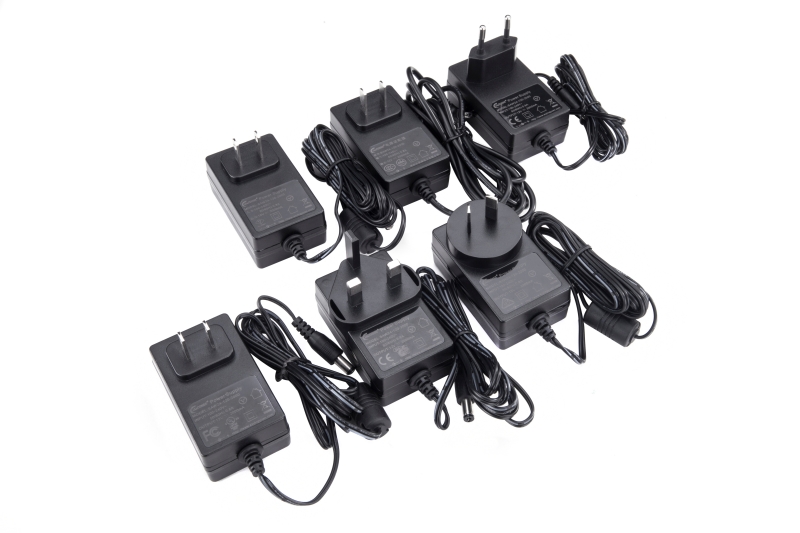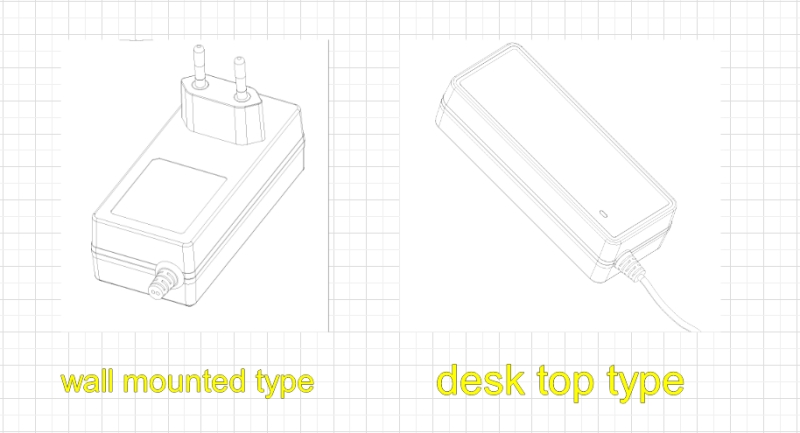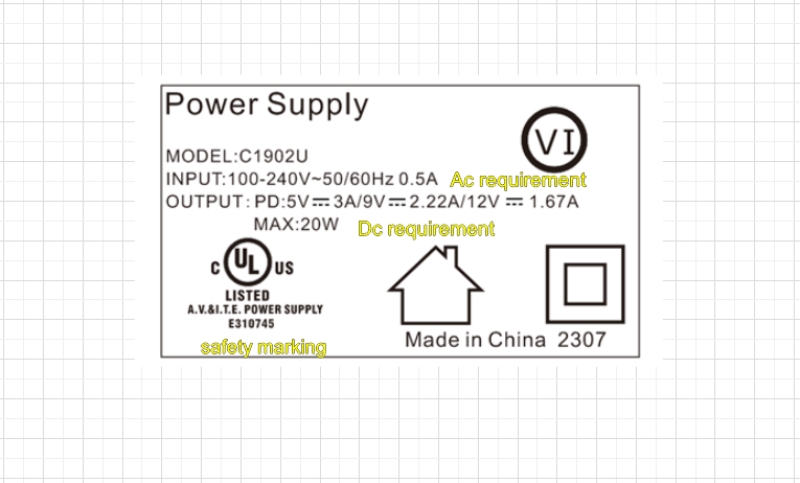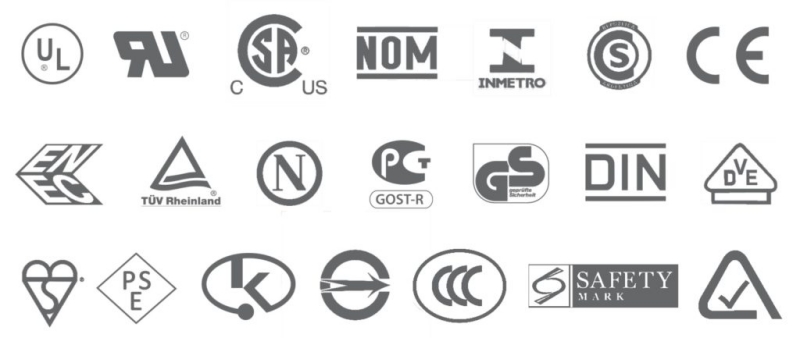
How To Choose The Correct External AC Adapter
In today's digital era, external AC adapters have become essential components for various electronic devices. Selecting the suitable AC adapter is necessary to keep your beloved gadgets' longevity and best performance. This article will advise selecting an appropriate external AC adapter for your electronic devices.
H1: What is an External AC adapter?
The external AC adapter is one of the power supplies that plug into a wall power outlet and convert electrical power from alternating current (AC) to direct current (DC). Some may call them AC adapters, AC-DC power adapters, AC-DC power supplies, or external power supplies. External AC adapters are commonly applied from sophisticated medical devices to manufacturing equipment like scanners, robots, weight scales, and monitors to consumer devices like computers, routers, mobile phones, and notebooks. An external AC adapter can be described as a "black brick," delivering power from AC input on one end to DC output on the other. They come in two types based on the end usage needs: wall-mounted type or desk-top type.
A wall-mounted power adapter is designed to plug directly into an AC wall socket, so the AC input cord is unnecessary. However, the compatibility of AC adapters is mainly restricted to the AC wall socket style of a specific country; different countries have different AC wall socket styles. Desktop is the other type with a fixed AC cord and plugs, connecting them to the wall socket. This design allows for various AC cords tailored to the specific plug standards of different countries. Today's external AC adapters, wall-mount and desk-top types, could support AC input voltage ranging from 90 to 264 VAC. This wide voltage range is suitable for most countries if the AC input cord or wall plug matches only a specific country's standards. The AC adapter remains globally compatible. This feature integrates supply chain processes and can bring the potential cost down due to volume production.

Product engineers often prefer external power adapters to internal or "embedded" power supplies. Both size optimization and simplicity of replacement are the two main reasons that electrical engineers choose the external power adapter before the internal power supplies. An external AC adapter makes keeping the device in a tiny design possible. Moreover, an external AC adapter is adopted, which means end users could easily pull it out without professional technicist assistance.
H1: Essential Considerations for Choose an External AC Adapter
An external AC adapter is essential for your devices' excellent performance and safety. Here are important factors to keep in mind during your selection process.
H2: Voltage Requirements
Most external AC adapters in markets today can support an input voltage of 90 to 264 VAC, suitable for a broad range of devices. For example, North American outlets supply 110-120 VAC, while Europe has around 220-240 VAC. Some medical equipment might need an input as low as 85 Vac; more, some lighting devices normally operated reach as high as 277 Vac.
As for the output voltage, devices powered by external AC adapters require specific voltages, ranging from as low as 3.3 VDC to as high as 72 VDC. It's essential to choose an adapter with a matching DC output voltage, which usually can be found on the label on the unit. Most power adapters deliver a singular DC output, but some offer two or three varying output voltages for the devices.

H2: Current Requirements
The external power adapter's current output is the maximum current amount of current it can stably and continuously provide. It's essential to recognize that devices only draw the current they need, regardless of the adapter's maximum output. It requires a power adapter to deliver more current than the device demands to maintain a safety margin. Using an AC adapter that cannot provide the necessary current can lead to several problems. The device may not function well at its complete charging, even leading to overheating issues. This could reduce the adapter's lifespan and potentially harm the connected appliance.
H2: Plug Type and Polarity
Connectors serve as the physical interface between the device and the power adapter. When choosing connectors for an external power adapter, the AC input and DC output must be considered to ensure compatibility with the intended application. A standard option for the AC input for desk-top adapters is a C14 or C8 inlet. This design allows users to attach separate power cords tailored with wall socket plug ends specific to different countries; for wall-mounted AC adapters, connected fixed blades are usually designed for a particular country's socket standard.
Lots of DC power connectors are required by the devices that external AC adapters can use. The most common DC connectors are female barrel connectors, which are two conductors also available in various sizes.
There are two measurements for this type of connector.
OD – Outer diameter of the plug.
ID – Inner diameter of the plug.
You can also find most DC connectors in the attached list.
Adapters are designed with two primary polarities: center-positive and center-negative. This refers to the direction of the current flow in the plug.
The most common is center positive (+) connectors.

And there is also the less popular center negative (-) connector.

H2: Safety Standards and Certifications
The external AC adapters will require different safety certifications specific to the devices and countries they will adopt. There's a large and growing number of safety standards. The following is a summary: IEC60601 for medical electrical equipment, IEC 62368-1 for IT and AV equipment, IEC 60335 for household electrical appliances, and IEC61558 for Transformer,reactors, and power supply units. What is more. At StablePSU, we have the cUL, CE, GS, PSE, KC, PSB, CCC, NOM, etc. certificates for our global customers.

H2: Brand and Reliability
The correct external power adapter is about voltage, current, or connectors and the brand's reliability. Quality and safety are often better assured with trusted brands and products. A trusted brand power adapter will stick to higher standards in both manufacturing and strict testing processes.
H1:Conclusion
Selecting the suitable external AC adapter is crucial for your device's perfect performance and safety. By understanding the basic requirements of your devices and following the above suggestion. You can ensure that you make an informed and correct choice.








